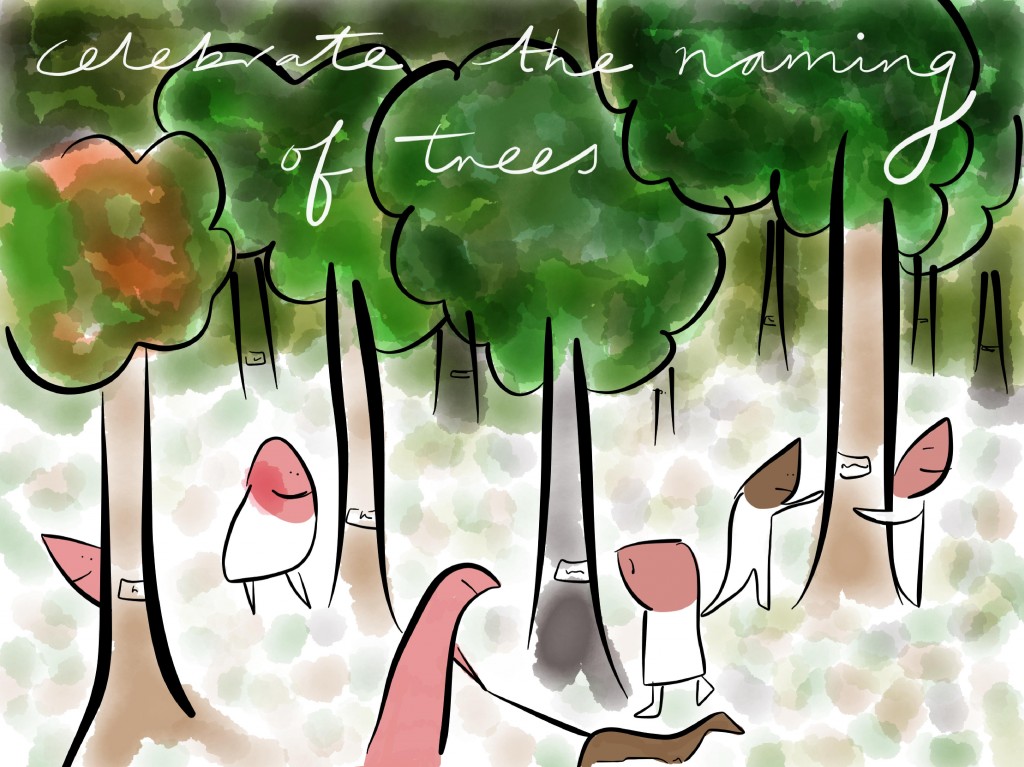At Danube Kids, a start-up charity aimed at helping children who live on the Danube Delta and along the Danube to develop a connection with nature, we have learned that children have a simplistic and utilitarian view of the natural world. There are four kinds of animal: dogs for chasing away strangers, cats for eating mice, mice for being eaten by cats, and pigs for eating. There are two kinds of bird: chickens for eating, and everything else. This is an exaggeration, but broadly it is true that their knowledge of living species is very limited.
We take children out into nature and open their eyes to that rich diversity – sparking their awareness of hundreds of different kinds of insect, spider, worm, duck, goose, woodpecker, lark, falcon, hawk, eagle, stork, gull, tern … The thinking is that when things are lumped into too few classes or groups, then we do not care for them. When things start to be identified into finer and finer groups, when they take on colour, sounds and behaviour, they take on identity and we begin to care for them. Once they have names that care become stronger. Class names yields one level of care, individual names yield a higher level of care.
A ferry sinks in Bangladesh and 250 people die and we don’t really care that much. Fred gets knocked over in the street and we do care.
Getting children to name trees and animals will make environmental policy far more effective than it is today. Policy measures for nature naming should be relatively simple to devise and implement.
Illustration from an earlier post – Ten policies to increase demand for low carbon living and policies, November 2013 – https://www.thebustard.com/?p=1190

